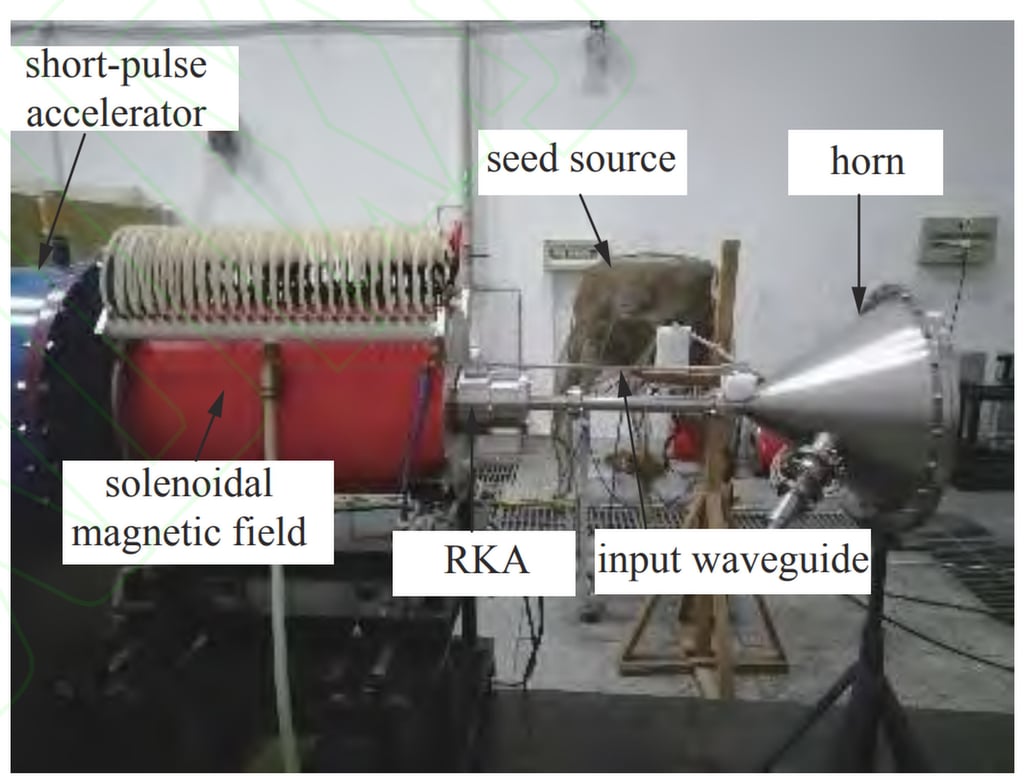Chinese team powers up ultra-high microwave output: paper
- Researchers say they have developed a device that has applications in satellites, radar and medical technology
- Equipment operates in the Ka band, part of the spectrum used by the Starlink system

A research team southwestern China says they have built a powerful microwave device with ultra-high output in a frequency increasingly used by business and the military.
The researchers in Mianyang, Sichuan province, said the device could generate a short pulse in the Ka microwave band reaching 5 megawatts in power, two orders of magnitude higher than other publicly known results.
They said the technology would not only find applications in satellite communications, but also radar, nuclear fusion and medical research.
“There is an enormous interest in high-power microwave sources in the Ka band,” said Li Shifeng, a lead scientist for the research project with the China Academy of Engineering Physics in a paper published in domestic peer-reviewed journal High Power Laser and Particle Beams on Wednesday.

The Ka (K above) band is a high-frequency section of the microwave spectrum between 26.5 and 40 gigahertz.